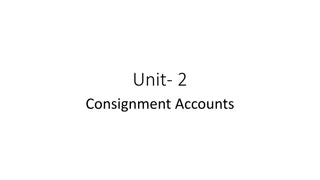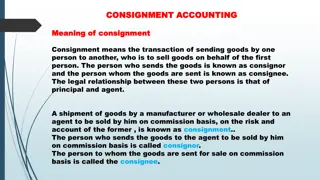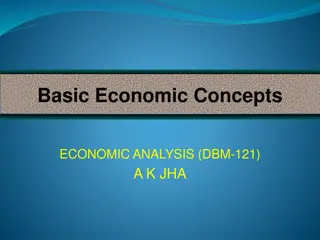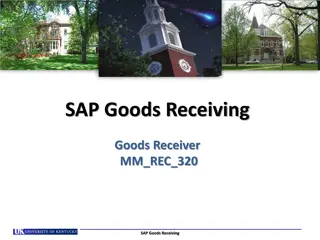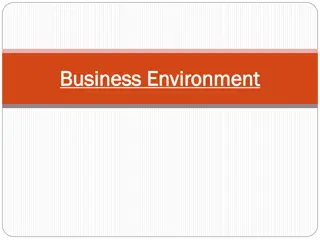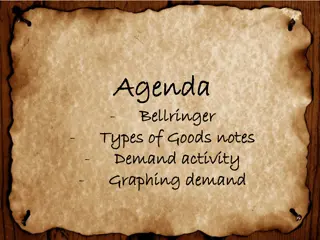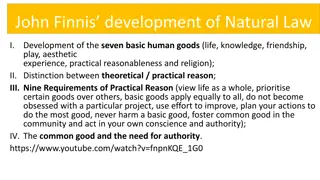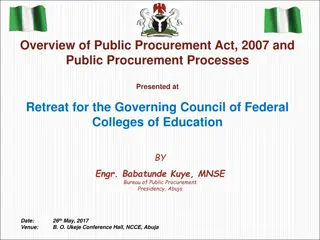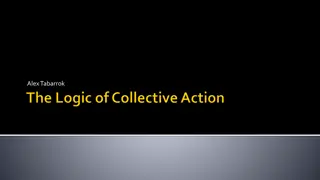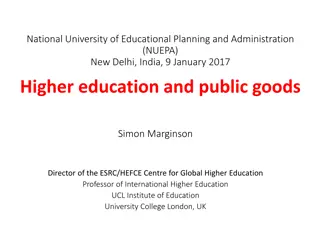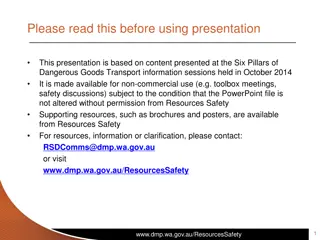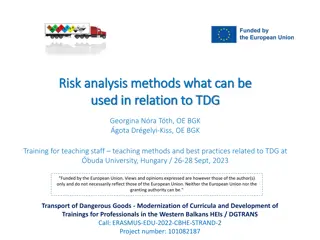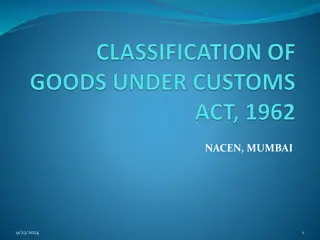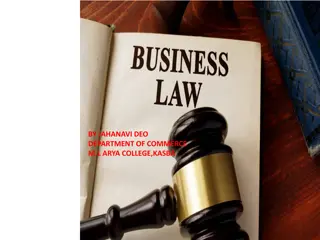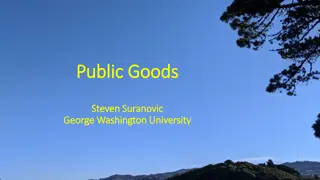Understanding Public Goods and Common Resources
Exploring concepts like private goods, public goods, common resources, free rider problem, Tragedy of the Commons, and cost-benefit analysis in economics, this content helps differentiate between types of goods and resources, providing insights into the challenges and considerations associated with their management and allocation.
Download Presentation

Please find below an Image/Link to download the presentation.
The content on the website is provided AS IS for your information and personal use only. It may not be sold, licensed, or shared on other websites without obtaining consent from the author. Download presentation by click this link. If you encounter any issues during the download, it is possible that the publisher has removed the file from their server.
E N D
Presentation Transcript
Private goods are excludable and not rival in consumption. A. True B. False
The Tragedy of the Commons is a parable that helps explain why common resources are used more than desirable. A. True B. False
A public good is A. subject to rival consumption. B. over-produced by the market. C. consumable by additional users without reducing consumption by other users. D. All of the above are correct.
Wrigley Field (baseball park), home of the Chicago Cubs, is an example of public good. A. True B. False
Advocates of antipoverty programs (TANF, SNAP) claim that fighting poverty is a public good. A. True B. False
Which of the following is not an example of the free rider problem? A. A student working on a group project puts forth minimal effort because the team will receive a team grade rather than individual grades. A park ranger takes a nap in his car because his boss is working hundreds of miles away and will never know about the nap. Tim attends a neighborhood party with live music; the other neighbors have paid $5 each to give to the local band members, but Tim does not pay. Shannon catches a ride to a volleyball game with her friends but does not offer to pay for gas. B. C. D.
Suppose a local city council hires a team of economists from a nearby university to conduct a cost-benefit analysis of building a new public school. The economists should consider which of the following: i) the benefits to the children who will use the school ii) the costs to the tax payers who will pay for the school iii) the increased productivities of the teachers iv) the benefits to the community of having better-educated children A. i) and ii) only B. i) and iv) only C. i), ii), and iii) only D. i), ii), iii), and iv)
Timber companies are most likely to engage in over-logging of forests on A. publicly owned land because it is a public good. B. publicly owned land because it is a common resource. C. private land because of the free rider problem. D. both privately owned land and publicly owned land with equal probability.
Which of the following illustrates the Tragedy of the Commons problem? A. Cost-benefit analysis is difficult to conduct because people often undervalue public goods. Bakeries emit enticing aromas, which may encourage people to over eat. Commercial fishing companies over-fish Chilean sea bass. People who attend local fireworks displays do not always pay for them. B. C. D.
In the case of public goods, free markets A. fail to allocate resources efficiently because government intervention is faster and less expensive than market-based solutions. are efficient but government intervention is not efficient. are not efficient but government intervention is efficient. fail to allocate resources efficiently because property rights are not well established. B. C. D.
Rhinoceroses are among the most endangered species. Which of the following policies would result in an efficient quantity of rhinoceroses? The governments of countries A. enact laws to make killing a rhino illegal. assign private property rights to individuals with rhinos on their land but only if they pledge not to kill rhinos for their horns. assign property rights to individuals with rhinos on their land, allowing them to use rhinos for whatever purposes they choose. relocate all rhinos to public parks. B. C. D.
In the 1960s, the lobstering community of Port Lincoln on Australias southern coast set a limit on the number of traps that could be set and then sold licenses for those traps. Since then, any newcomer could enter the business only by buying a license from another lobsterman. This government intervention in the lobster market caused an A. increase in economic efficiency because of the existence of a positive externality. decrease in economic efficiency because of the existence of a free-rider problem. decrease in economic efficiency because of the existence of a common-resource problem. increase in economic efficiency because of the existence of a common-resource problem. B. C. D.
In some African countries, elephants are killed for the ivory in their tusks. In Kenya it is illegal to kill elephants and sell their ivory. In Namibia, a landowner is allowed to kill elephants, but only those on his own land. In which country is the population of elephants on the rise, and why? A. in Kenya, because the elephants are protected by the law. in Kenya, because the elephants live on elephant reservations. in Namibia, because the elephants are protected by the law. in Namibia, where elephants are private property and the landowners have an incentive to protect the elephants. B. C. D.
In general, using more congestion charges in crowded transportation networks such as higher tolls during peak travel times in cities, and peak fees for airplane takeoff and landing slots and using the proceeds to lower other taxes would make citizens on average better off. A. agree B. disagree C. uncertain


